Animals native to Algeria may not be what you’d expect in an African country.
The People’s Democratic Republic of Algeria is a North African nation that sports a Mediterranean coastline. Ecologically diverse, Algeria’s wildlife traverses arid regions, chotts, mountains, and wetlands.
Common Algeria Animals
Approximately 104 mammals make their homes in the North African country, but visitors are most likely to spot gazelles, jackals, and wild boars. Fennec foxes and jerboas are also plentiful.
But if you have your heart set on spotting a few leopards and cheetahs, temper your expectations. While the two are Algerian animals, they’re seldom seen.
Barbary macaques are one of the few animals native to Algeria. Unfortunately, the monkey is Endangered under the IUCN Red List. Poaching, population fragmentation, and habitat destruction are to blame.
Common fish species in Algeria include sharks, marlins, makos, hammerheads, and mackerels. Sahara frogs, European green toads, and North African fire salamanders rank high among the nation’s reptiles. Plus, Algeria’s insect population is healthy.
Birdwatching in Algeria
This country is a favorite among birdwatchers. Notable avian species in the country include North African ostriches, cranes, avocets, sandgrouse, doves, hawks, eagles, and starlings.
Endangered Animals in Algeria
Below is a partial list of endangered animals in Algeria.Animal Scientific Name IUCN Red List Classification Barbary macaque Macaca sylvanus Endangered European rabbit Oryctolagus cuniculus Endangered Long-fingered bat Myotis capaccinii Vulnerable Greater noctule bat Nyctalus lasiopterus Vulnerable Mediterranean horseshoe bat Rhinolophus euryale Near Threatened Mehely’s horseshoe bat Rhinolophus mehelyi Vulnerable Fin whale Balaenoptera physalus Vulnerable Blue whale Balaenoptera musculus Endangered Sperm whale or cachalot Physeter macrocephalus Endangered Northwest African cheetah Acinonyx jubatus hecki Critically Endangered Leopard Panthera pardus Vulnerable African wild dog Lycaon pictus Endangered Eurasian otter Lutra lutra Near Threatened Mediterranean monk seal Monachus monachus Endangered Cuvier’s gazelle Gazella cuvieri Vulnerable Dorcas gazelle Gazella dorcas Vulnerable Rhim gazelle Gazella leptoceros Endangered Dama gazelle Nanger dama Critically Endangered Barbary sheep Ammotragus lervia Vulnerable
Extinct Animals in Algeria
As is the case with all countries, hundreds of animals from earlier epochs have gone extinct in Algeria. Over the past few centuries, scientists have added several species to the locally extinct animals in Algeria list. Examples include:
- Addax
- Hartebeest
- Red gazelle
- Scimitar oryx
- Lion
- Brown bear
National Animal
What is the national animal of Algeria? It’s the Fennec fox, also known as the “desert fox.” The adorable animals, with their giant ears and petite bodies, are a beloved national symbol. In fact, the nickname for the nation’s football team is Les Fennecs.
Most Dangerous Animals in Algeria
What are the most dangerous animals here? Unlike other African nations, Algeria’s dangerous animals aren’t the behemoths — buffalo, hippos, and rhinos. But the country does have a few minacious beasts lurking about, including:
Below you can find a complete list of Algerian animals. We currently track 230 animals in Algeria and are adding more every day!
Flag of Algeria
In 1962, the current Algerian flag was adopted. It features two vertical color bars of green and white, with green representing Islam, while white represents purity and cleanliness. The flag also contains a red star and a crescent moon, which both stand for Islam. The emphasis on this religion is due to the fact that most Algerians practice Islam. The red parts of the flag symbolize any blood shed during the country’s struggle for freedom.
Algerian Animals

Admiral Butterfly
Stunningly beautiful wings

African Wild Dog
Also known as the painted dog!
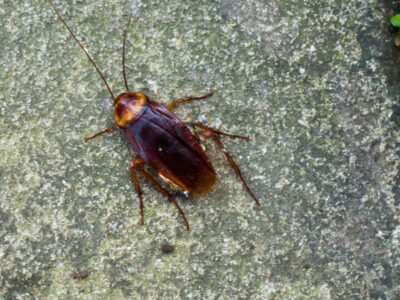
American Cockroach
Despite its name, actually originated from Africa and the Middle East

Ant
First evolved 100 million years ago!

Antelope
Renew their horns every year!
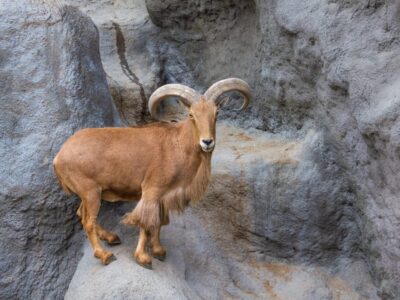
Aoudad Sheep
More aoudad sheep live in the United States than in their original North African habitat.

Armyworm
They are so named because they "march" in armies of worms from one crop to another in search of food

Banana Spider
People spin clothing and fishing nets out of these spiders’ silk.

Barb
There are over 1768 known species!

Barn Owl
Found everywhere around the world!

Barn Swallow
Older offspring help care for new hatchlings.

Bat
Detects prey using echolocation!

Bed Bugs
Bed bugs feed for 4-12 minutes.

Bee
Rock paintings of bees date back 15,000 years

Beetle
There are more than 350,000 different species

Beewolf wasp
They hunt bees

Bird
Not all birds are able to fly!

Biscuit Beetle
The biscuit beetle form a symbiotic relationship with yeast

Black Widow Spider
They typically prey on insects!

Brazilian Treehopper
“Mild-Mannered Minimonsters”
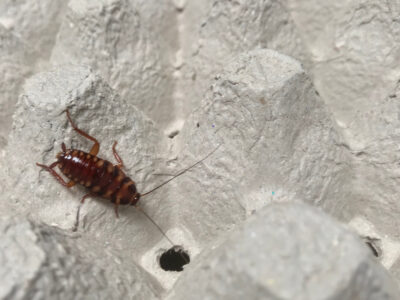
Brown-banded Cockroach
Females glue egg cases to furniture

Brown Dog Tick
Can live its entire life indoors

Bumblebee
The most common species of bee!

Butterfly
There are thought to be up 17,500 species!

Caecilian
Some species' babies use their hooked or scraper-like teeth to peel off and eat their mother's skin
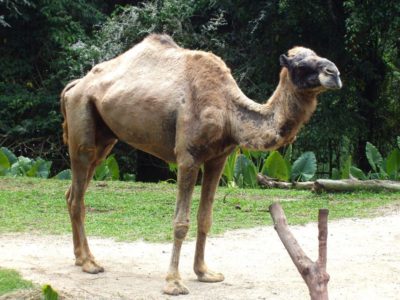
Camel
Can survive without water for 10 months!

Caracal
Has 20 different muscles in it's ears!

Carpenter Ant
Carpenter ants can lift up to seven times their own weight with their teeth!
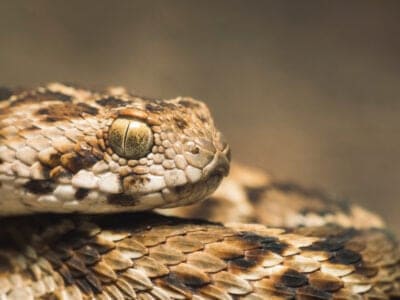
Carpet Viper
The Carpet Viper probably bites and kills more people than any other species of snake.

Cat
May have been domesticated up to 10,000 years ago.

Caterpillar
The larvae of a moth or butterfly!

Catfish
There are nearly 3,000 different species!

Centipede
There are about 3,000 documented species!
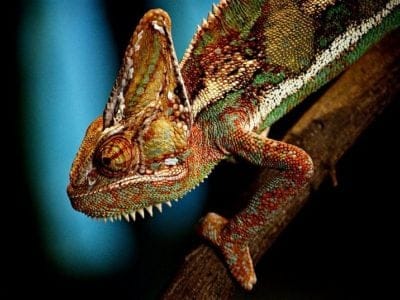
Chameleon
There are more than 160 different species!
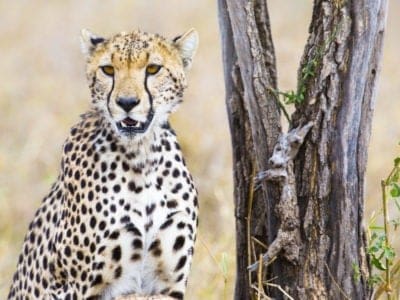
Cheetah
The fastest land mammal in the world!

Chicken
First domesticated more than 10,000 years ago!
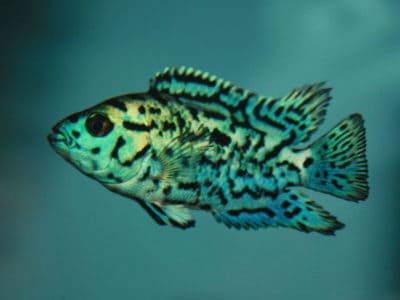
Cichlid
There are more than 2 000 known species!

Cockroach
Dated to be around 300 million years old!

Codling Moth
Pupae are able to undergo diapause to survive poor fruit yield years and winter.

Common Buzzard
The most common raptor in the UK!

Common Furniture Beetle
The common furniture beetle feeds exclusively on wood

Common House Spider
House spiders have the ability to eat most insects in a home.

Common Raven
A group of ravens is called an unkindness or a conspiracy.

Cormorant
They can fly 35 mph and dive 150 feet below water.

Cow
There are nearly 1.5 billion worldwide!

Crab
There are 93 different crab groups

Crab Spider
Crab Spiders can mimic ants or bird droppings

Crane
Many are critically endangered species!

Cricket
Male crickets can produce sounds by rubbing their wings together

Crocodile
Have changed little in 200 million years!

Crow
A group of these birds is called a Murder.
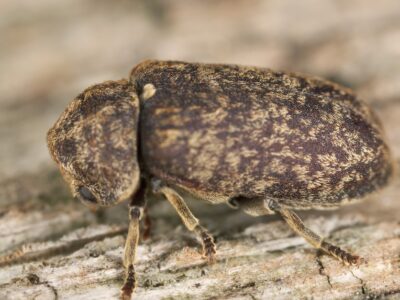
Deathwatch Beetle
The adult deathwatch beetle taps on the wood to find a mate.
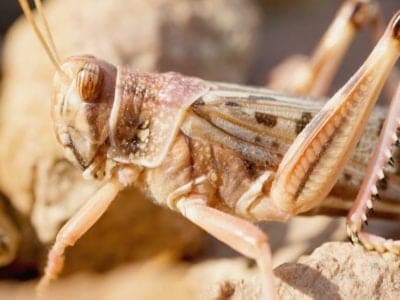
Desert Locust
Solitary locusts are grey while gregarious locusts are yellow with stripes.
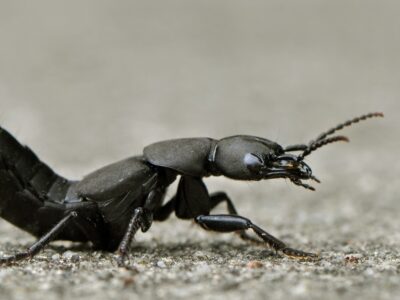
Devil’s Coach Horse Beetle
The Devil’s coach horse beetle can emit a noxious substance to deter predators

Dog
First domesticated in South-East Asia!

Dog Tick
Dog ticks feed on dogs and other mammals

Donkey
First domesticated 5,000 years ago!

Dragonfly
It's larvae are carnivorous!

Dried Fruit Moth
In the event of adverse environmental conditions, dried fruit moth larvae will become dormant and stop developing.

Duck
Rows of tiny plates line their teeth!

Dung Beetle
The dung beetle can push objects many times its own weight
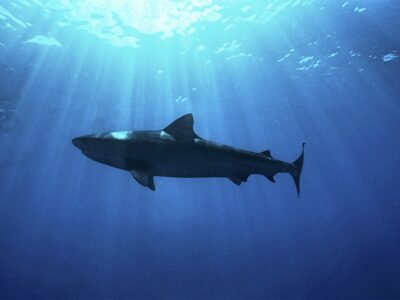
Dusky Shark
The Dusky Shark sometimes eats trash discarded by humans.

Earthworm
They are hermaphrodites, which means they have male and female organs

Earwig
There are nearly 2,000 different species!

Eel
Eels can be a mere few inches long to 13 feet!
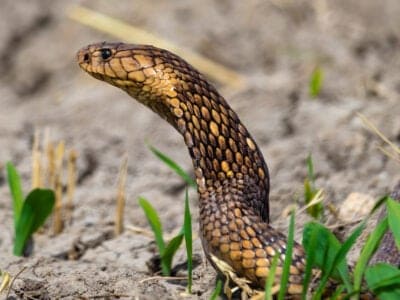
Egyptian Cobra (Egyptian Asp)
The Egyptian cobra is one of the largest cobras in Africa.
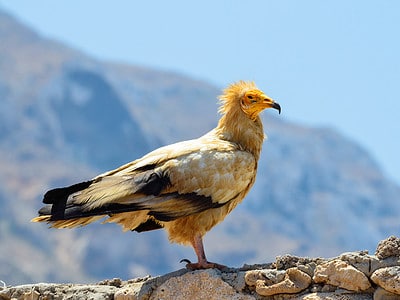
Egyptian Vulture
They steal large ostrich eggs and use rocks and pebbles to crack the shells.
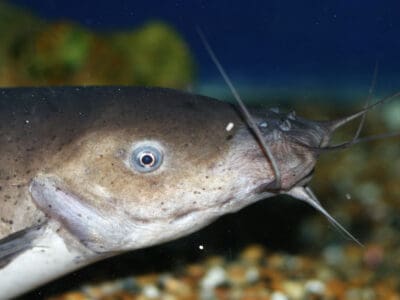
Electric Catfish
The electric catfish can discharge an electric shock up to 450 volts

Elephant
Spends around 22 hours a day eating!

Elephant Shrew
Found exclusively on the African continent!
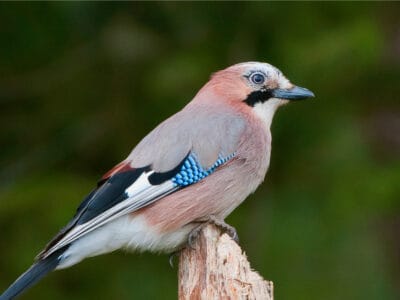
Eurasian Jay
The Eurasian jay has the ability to mimic other sounds
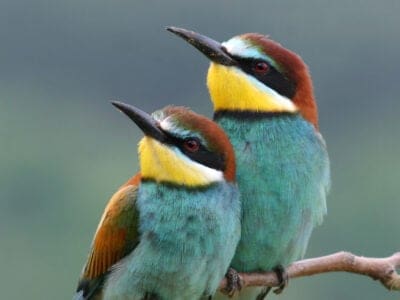
European Bee-Eater
They can eat up to 250 bees per day!
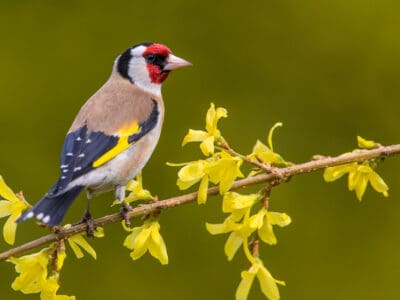
European Goldfinch
They are frequent visitors to backyard feeders, especially those containing niger seeds.
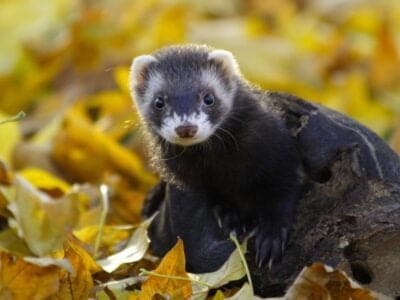
European Polecat
Its fur changes color in the winter!

European Robin
Male robins are so aggressive and territorial that they will attack their own reflections.

Falcon
The fastest creatures on the planet!

False Widow Spider
False spiders actually prey on black widow spiders and other hazardous spiders
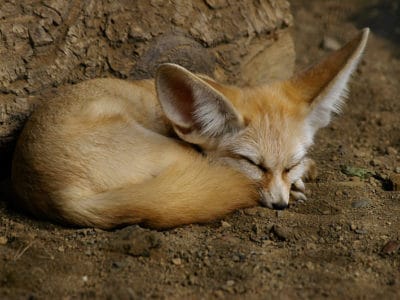
Fennec Fox
Found in the African Sahara Desert!

Firefly
The firefly produces some of the most efficient light in the world

Flea
Adult fleas can jump up to 7 inches in the air

Fly
There are more than 240,000 different species!

Fox
Only 12 species are considered "true foxes"

Frog
There are around 7,000 different species!

Fruit Fly
Fruit flies are among the most common research animals in the world
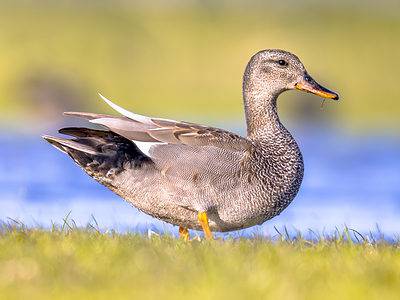
Gadwall
They make many sounds when trying to attract a mate.

Gazelle
Named for the Arabic word for love poems

Gecko
There are thought to be over 2,000 species!

Gerbil
Originally known as the Desert Rat!

German Cockroach
The most common type of urban roach

Glass Lizard
Can grow up to 4ft long!

Glowworm
Found inhabiting dense woodland and caves!

Gnat
Males form large mating swarms at dusk

Goat
Most closely related to the Sheep!

Goldcrest
The goldcrest never starts moving and needs to consume for most of the day to survive. Therefore, in the colder months, it's best that eat 90% a day.

Golden Eagle
Their calls sound like high-pitched screams, but they are quiet most of the time.

Golden Oriole
Migrates between Europe and Asia!

Grasshopper
There are 11,000 known species!

Green Bee-Eater
Mainly eats honeybees!
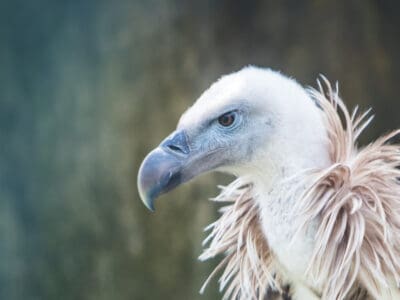
Griffon Vulture
Can spot a dead animal from thousands of feet away

Gypsy Moth
One of the most invasive species in the world

Hamster
Able to run as quickly backwards as forwards!

Hare
Can reach speeds of over 50 mph!

Hawk Moth Caterpillar
Many hawk moth caterpillars eat toxins from plants, but don’t sequester them the way milkweed butterflies do. Most toxins are excreted.

Hedgehog
Thought to be one of the oldest mammals on Earth!

Heron
Inhabits wetlands around the world!

Honey Bee
There are only 8 recognized species!

Hoopoe
Stunning bird with a stinky way to deter predators!
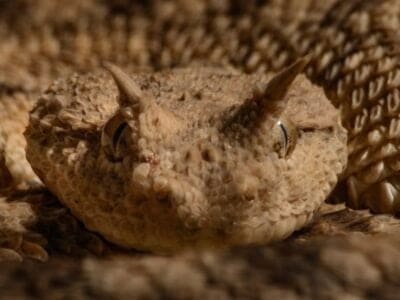
Horned Viper
Horned vipers sidewind across the desert sands of their home.

Horse
Has evolved over 50 million years!

Horsefly
Horseflies have been seen performing Immelmann turns, much like fighter jets.

Housefly
The fly has no teeth

Human
Thought to have orignated 200,000 years ago!

Huntsman Spider
Some huntsman spiders have an interesting way of moving around. Some cartwheel while others do handsprings or backflips.
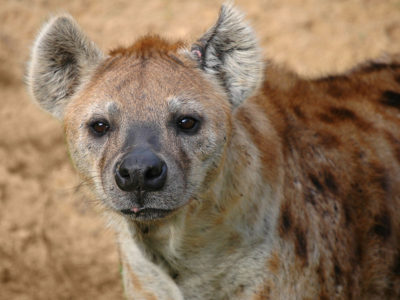
Hyena
There are four different species!

Ibis
Found in swamps, marshes and wetlands!

Insects
There are an estimated 30 million species!

Jacana
The jacana has the ability to swim underwater

Jack Crevalle
One of the biggest species in the Caranx genus
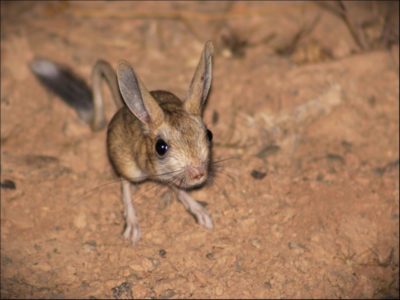
Jerboa
Tiny rodent with a kangaroo-like jump!

Jumping Spider
Some can jump 50 times the length of their bodies

Kingfisher
Inhabits wetlands and woodlands worldwide!

Ladybug
There are more than 5,000 species worldwide!

Leech
Has 10 pairs of eyes!

Liger
The offspring of a lion and tiger parents!

Linnet
While linnets are monogamous during mating season, they do not mate for life. While breeding pairs are together, the males are highly territorial and will defend the nesting site and the surrounding area.

Lizard
There are around 5,000 different species!

Locust
Each locust can eat its weight in plants each day.

Macaque
Macaque females will pass on their social rankings to their daughters

Maggot
Will only live in wet areas

Magpie
They are found across Europe, Asia and Africa!

Mayfly
There are 2,500 known species worldwide!

Mealybug
They have a symbiotic relationship with ants.

Millipede
Some species have a poisonous bite!

Mole
Primarily hunts and feeds on Earthworms!

Mole Cricket
Adult Mole crickets may fly as far as 5 miles during mating season and are active most of the year.
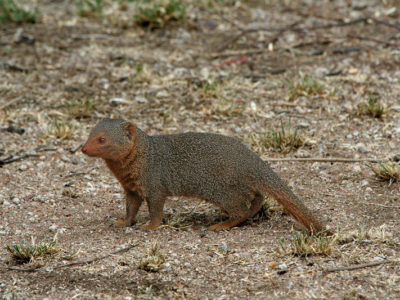
Mongoose
Range in size from just 1 to 3 foot!

Mongrel
Has characteristics of two or more breeds!

Monitor Lizard
Some species are thought to carry a weak venom!

Monkey
There are around 260 known species!

Moorhen
Feeds on aquatic insects and water-spiders!

Mosquito
Only the female mosquito actually sucks blood

Moth
There are 250,000 different species!

Mouse
Found on every continent on Earth!

Mule
The offspring of a horse and donkey parents!

Nematode
Nematodes range in size from 1/10 of an inch to 28 feet long

Nightingale
Named more than 1,000 years ago!

No See Ums
There are more than 5,000 species.

Northern Pintail
Northern pintails migrate at night with speeds reaching 48 miles per hour!

Orb Weaver
Females are about four times the size of males

Ortolan Bunting
The tradition of hiding your face with a napkin or towel while eating this bird was begun by a priest who was a friend of the great French gastronome Jean Anthelme Brillat-Savarin.

Osprey
They reuse nesting sites for 70 years!

Otter
There are 13 different species worldwide

Owl
The owl can rotate its head some 270 degrees

Parrot
Can live for up to 100 years!

Peregrine Falcon
Fastest animal on Earth

Pheasant
Females lay between 8 and 12 eggs per clutch!

Pigeon
They can find their way back to their nests from up to 1300 miles away.

Pompano Fish
They are bottom-feeders

Praying Mantis
The mantis can turn its head 180 degrees.
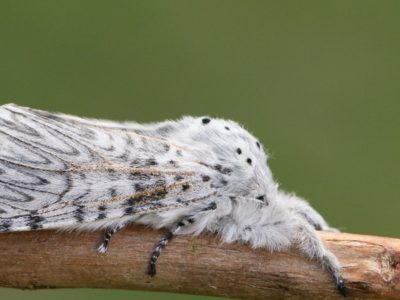
Puss Moth
Caterpillars squirt formic acid!

Quail
Inhabits woodland and forest areas worldwide!

Rabbit
There are more than 300 different species!

Rat
Omnivores that eat anything!

Red Deer
A male red deer shows his age in his antlers, which become longer and more branched every year.
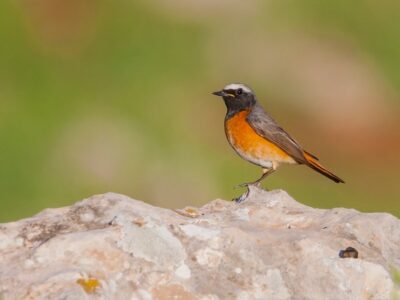
Redstart
They build their nests off the ground in tree holes, cavities, stone walls, and roofs

Rhinoceros
It's horns are made from keratin!

River Turtle
Inhabits freshwater habitats around the world!

Robin
There are more than 45 species in Australia alone!

Rock Hyrax
Actually related to Elephants and Manatees!
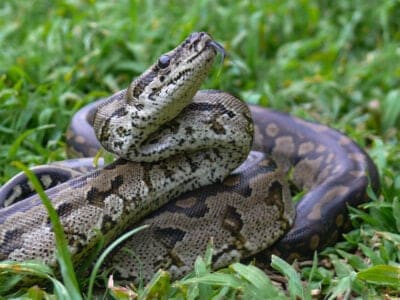
Rock Python
Rock pythons may have crossbred with the escaped Burmese pythons in Florida.

Rodents
The capybara, the world’s largest rodent, likes to be in and around bodies of water. Because of this, the Catholic Church in South America decided that it was a fish, and people were allowed to eat it during Lent and First Fridays.

Rooster
Will mate with the entire flock!

Ruddy Duck
Ruddy duck breeding males have bright blue bills!

Sable Ferret
Ferrets were used during the Revolutionary War to keep down the rat population.

Sand Cat
They can survive for weeks without drinking water because the get moisture from their prey.

Sand Crab
The sand crab burrows beneath the sand with its tail
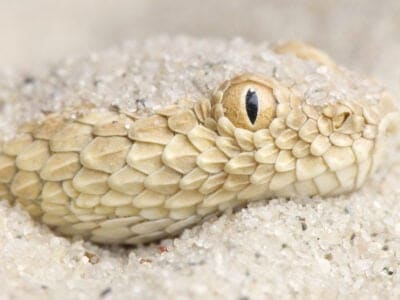
Sand Viper
Sand vipers are nuisance snakes in some areas.
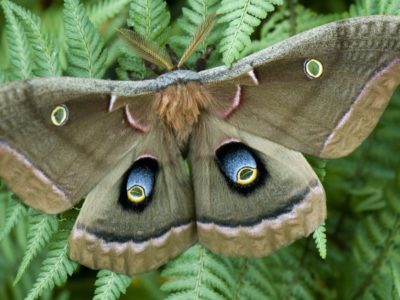
Saturniidae Moth
Some of the largest moths in the world

Scimitar-horned Oryx
Believed to be the inspiration for unicorn myths!

Scorpion
There are around 2,000 known species!

Sea Eagle
The sea eagle tends to mate for life with a single partner

Seahorse
Males give birth to up to 1,000 offspring!

Sheep
Around 35 million in the English countryside!

Short-Eared Owl
The short-eared owl is one of the most widespread owl species in the world, covering five continents.

Shrew
The spinal column of the shrew Scutisorex somereni is so strong and reinforced that it can support the weight of an adult human.

Shrimp
There are 2,000 different species worldwide!

Skink Lizard
Some skinks lay eggs in some habitats while giving birth to skinklets in other habitats.

Slug
They glide around on one foot, which is aided by the slime they produce

Smokybrown Cockroach
Has up to 45 eggs per egg case

Snail
There are nearly 1,000 different species!

Snake
There are around 4,000 known species worldwide
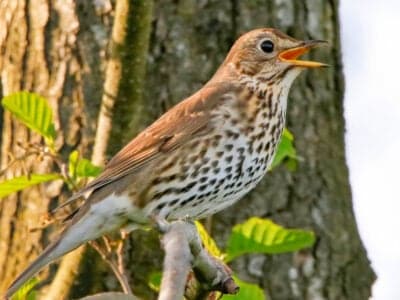
Song Thrush
A male song thrush can have over 100 phrases in his repertoire of songs and can imitate pet birds, telephones and other man-made objects.

Sparrow
There are 140 different species!

Spider Wasp
They prey on spiders to feed their larvae or they parasitize other spider wasps.
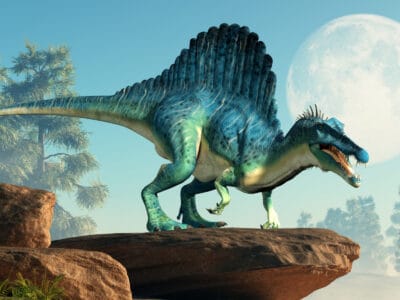
Spinosaurus
The Spinosaurus is the biggest carnivorous dinosaur ever discovered!

Squirrel
Small rodents found in woodlands worldwide!

Stick Insect
There are more than 3,000 different species!

Stork
They can’t sing like other birds.
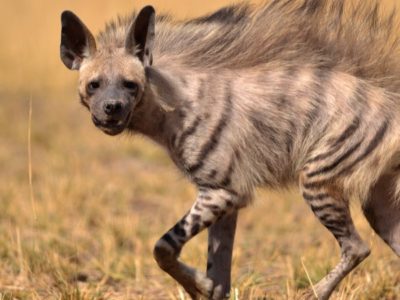
Striped Hyena
The striped hyenas usually mark their territories with the help of the scent gland secretions from their anal pouch.

Swan
Populations have been affected by pollution!

Tarantula Hawk
Tarantula hawks are excellent pollinators, especially for milkweed.

Termite
Their mounds can be up to 9 meters tall!

Theropod
Some theropods had feathers and may have been ancestors of modern birds.
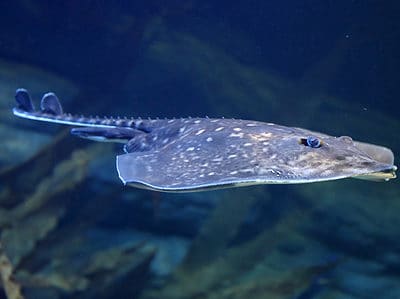
Thornback Ray
The skate with the biggest spines!

Thrush
The American robin is called the robin because its red breast reminded European settlers of the robin back in the old country.

Tick
They inject hosts with a chemical that stops them from feeling the pain of the bite

Tiger Beetle
The adult tiger beetle is one of the fastest land insects in the world

Tortoise
Can live until they are more than 150 years old!

Tree Cricket
They make music with their wings

Tree Frog
Found in warmer jungles and forests!

Turtles
Some species of aquatic turtles can get up to 70 percent of their oxygen through their butt.

Vinegaroon
Vinegaroons can spray 19 times before the glands are depleted

Viper
Vipers are one of the most widespread groups of snakes and inhabit most

Vulture
There are 30 different species worldwide!

Wasp
There are around 75,000 recognised species!

Water Buffalo
Has been domesticated for thousands of years!

White Ferret / Albino Ferrets
There are two different types of white ferrets!

Wolf Spider
Carnivorous arachnid that hunts its prey.

Woodlouse
This animal can roll up into a ball

Woodlouse Spider
Unlike most spiders, woodlouse spiders don’t build a web.

Woodpecker
There are 200 different species!

Worm
Doesn’t have eyes.

Wryneck
They feign death by making their bodies limp and closing their eyes.
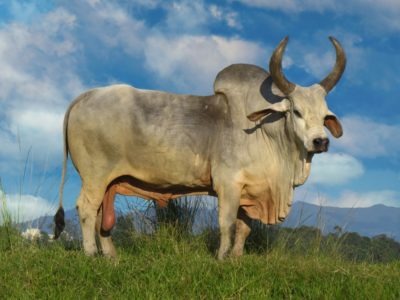
Zebu
There are around 75 different species!
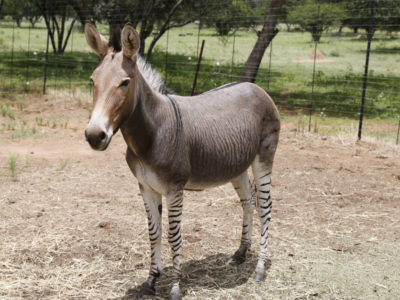
Zonkey
The offspring of Zebra and Donkey parents!
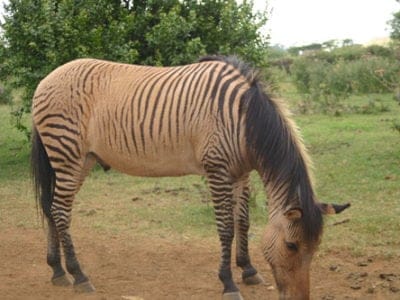
Zorse
The offspring of a Zebra and Horse parents!
Algerian Animals List
- Admiral Butterfly
- African Wild Dog
- American Cockroach
- Ant
- Antelope
- Aoudad Sheep
- Armyworm
- Azawakh
- Banana Spider
- Barb
- Barn Owl
- Barn Swallow
- Bat
- Bed Bugs
- Bee
- Beetle
- Beewolf wasp
- Bird
- Biscuit Beetle
- Black Widow Spider
- Brazilian Treehopper
- Brown-banded Cockroach
- Brown Dog Tick
- Bumblebee
- Butterfly
- Caecilian
- Camel
- Caracal
- Carpenter Ant
- Carpet Viper
- Cat
- Caterpillar
- Catfish
- Centipede
- Chameleon
- Cheetah
- Chicken
- Cichlid
- Cockroach
- Codling Moth
- Common Buzzard
- Common Furniture Beetle
- Common House Spider
- Common Raven
- Cormorant
- Cow
- Crab
- Crab Spider
- Crane
- Cricket
- Crocodile
- Crow
- Cuckoo
- Deathwatch Beetle
- Desert Locust
- Devil’s Coach Horse Beetle
- Dog
- Dog Tick
- Donkey
- Dormouse
- Dragonfly
- Dried Fruit Moth
- Duck
- Dung Beetle
- Dusky Shark
- Earthworm
- Earwig
- Eel
- Egyptian Cobra (Egyptian Asp)
- Egyptian Vulture
- Electric Catfish
- Elephant
- Elephant Shrew
- Eurasian Jay
- European Bee-Eater
- European Goldfinch
- European Polecat
- European Robin
- Falcon
- False Widow Spider
- Fennec Fox
- Firefly
- Flea
- Fly
- Fox
- Frog
- Fruit Fly
- Gadwall
- Gazelle
- Gecko
- Gerbil
- German Cockroach
- Glass Lizard
- Glowworm
- Gnat
- Goat
- Goldcrest
- Golden Eagle
- Golden Oriole
- Grasshopper
- Green Bee-Eater
- Griffon Vulture
- Gypsy Moth
- Hamster
- Hare
- Hawk Moth Caterpillar
- Hedgehog
- Heron
- Honey Bee
- Hoopoe
- Horned Viper
- Horse
- Horsefly
- Housefly
- Human
- Huntsman Spider
- Hyena
- Ibis
- Insects
- Jacana
- Jack Crevalle
- Jerboa
- Jumping Spider
- Kingfisher
- Ladybug
- Leech
- Liger
- Linnet
- Lizard
- Locust
- Macaque
- Maggot
- Magpie
- Mayfly
- Mealybug
- Millipede
- Mole
- Mole Cricket
- Mongoose
- Mongrel
- Monitor Lizard
- Monkey
- Moorhen
- Mosquito
- Moth
- Mouse
- Mule
- Nematode
- Nightingale
- No See Ums
- Northern Pintail
- Orb Weaver
- Ortolan Bunting
- Osprey
- Otter
- Owl
- Parrot
- Peregrine Falcon
- Pheasant
- Pigeon
- Pompano Fish
- Praying Mantis
- Puss Moth
- Quail
- Rabbit
- Rat
- Red Deer
- Redstart
- Rhinoceros
- River Turtle
- Robin
- Rock Hyrax
- Rock Python
- Rodents
- Rooster
- Ruddy Duck
- Sable Ferret
- Sand Cat
- Sand Crab
- Sand Viper
- Saturniidae Moth
- Scimitar-horned Oryx
- Scorpion
- Sea Eagle
- Seahorse
- Sheep
- Short-Eared Owl
- Shrew
- Shrimp
- Skink Lizard
- Slug
- Smokybrown Cockroach
- Snail
- Snake
- Song Thrush
- Sparrow
- Spider Wasp
- Spinosaurus
- Squirrel
- Stick Insect
- Stork
- Striped Hyena
- Swallowtail Butterfly
- Swan
- Tarantula Hawk
- Termite
- Theropod
- Thornback Ray
- Thrush
- Tick
- Tiger Beetle
- Tortoise
- Tree Cricket
- Tree Frog
- Turtles
- Vinegaroon
- Viper
- Vulture
- Wasp
- Water Buffalo
- White Ferret / Albino Ferrets
- Wolf Spider
- Woodlouse
- Woodlouse Spider
- Woodpecker
- Worm
- Wryneck
- Zebu
- Zonkey
- Zorse







